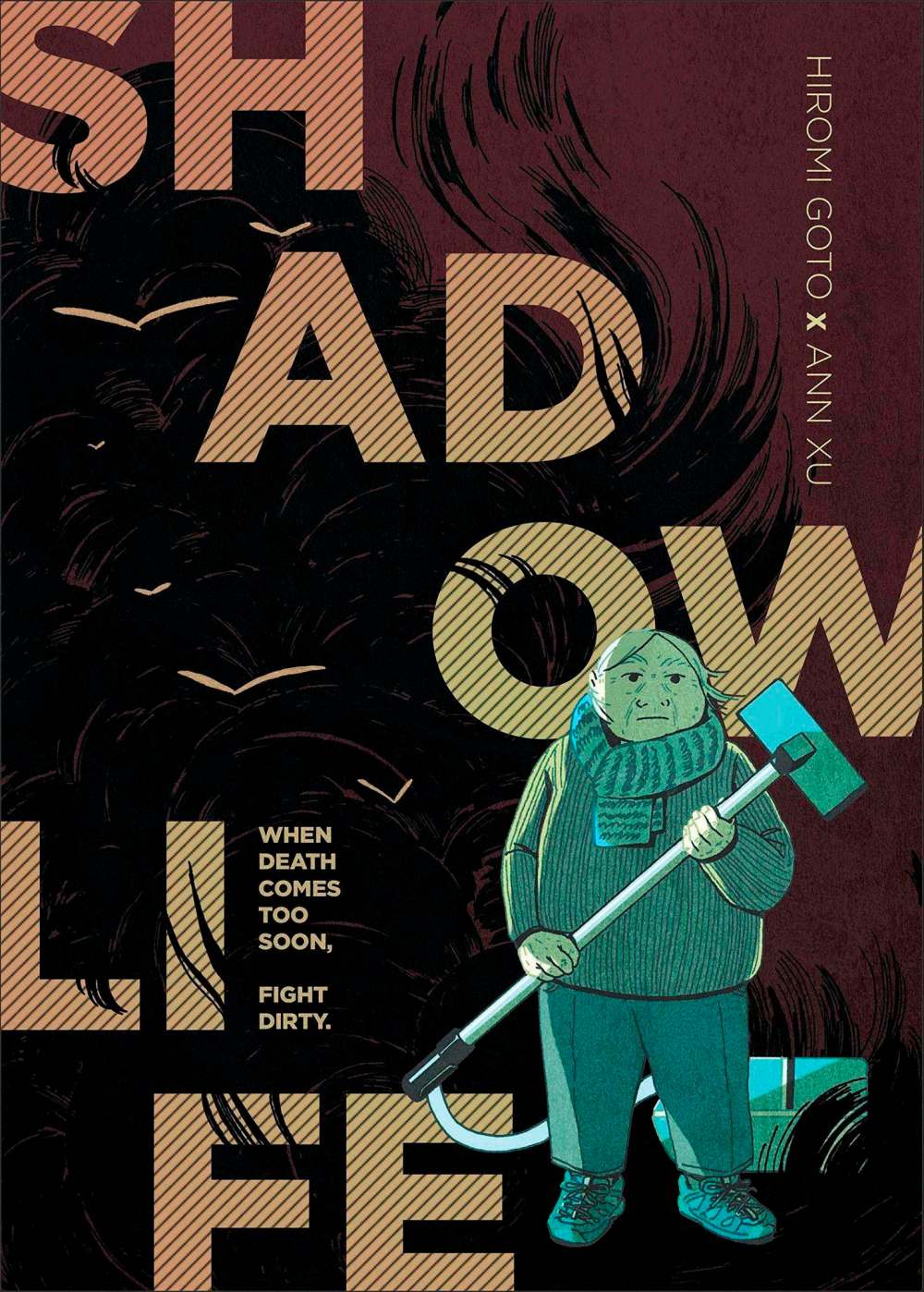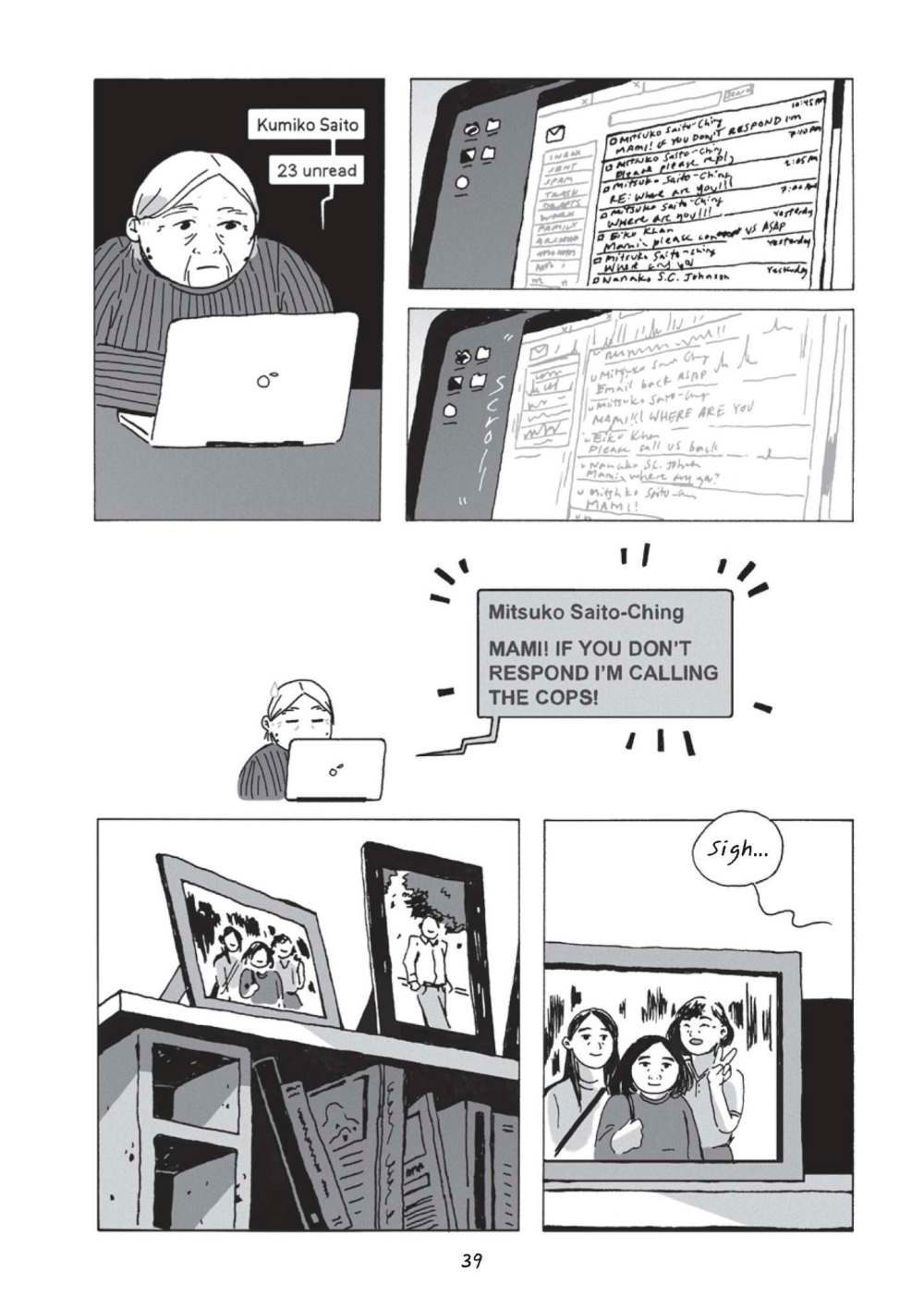Older and wiser
Graphic novel collaboration ponders joys and frustrations of aging
Advertisement
Read this article for free:
or
Already have an account? Log in here »
To continue reading, please subscribe:
Monthly Digital Subscription
$0 for the first 4 weeks*
- Enjoy unlimited reading on winnipegfreepress.com
- Read the E-Edition, our digital replica newspaper
- Access News Break, our award-winning app
- Play interactive puzzles
*No charge for 4 weeks then price increases to the regular rate of $19.00 plus GST every four weeks. Offer available to new and qualified returning subscribers only. Cancel any time.
Monthly Digital Subscription
$4.75/week*
- Enjoy unlimited reading on winnipegfreepress.com
- Read the E-Edition, our digital replica newspaper
- Access News Break, our award-winning app
- Play interactive puzzles
*Billed as $19 plus GST every four weeks. Cancel any time.
To continue reading, please subscribe:
Add Free Press access to your Brandon Sun subscription for only an additional
$1 for the first 4 weeks*
*Your next subscription payment will increase by $1.00 and you will be charged $16.99 plus GST for four weeks. After four weeks, your payment will increase to $23.99 plus GST every four weeks.
Read unlimited articles for free today:
or
Already have an account? Log in here »
Hey there, time traveller!
This article was published 03/04/2021 (1675 days ago), so information in it may no longer be current.
Hiromi Goto has no time for stereotypes of little old ladies as weak, confused, boring and prim.
In her breakout 1994 novel, Chorus of Mushrooms, Goto brought three generations of Japanese-Canadian Alberta women to life and gave us Obachan Naoe, one of the most memorable octogenarians in contemporary Canadian literature.
In Shadow Life, a graphic novel illustrated by Ann Xu, we meet Kumiko, a grumpy, magical and thoroughly endearing elderly Japanese-Canadian woman who attracts people and spirits alike, even when she doesn’t want their attention.
Told primarily from Kumiko’s point of view in dynamic, silent sequences punctuated occasionally by thoughts and dialogue, Shadow Life depicts the everyday joys and frustrations of old age, including encroaching illness, meddling family and rekindled friendships. This story is on the cusp between reality and something more fantastical, as death appears to Kumiko in a series of morphing black shadows, shapes and creatures. But, with practicality and defiance, she traps it inside her old vacuum cleaner, wards it off with salt and fights it with all her strength, because it is not yet her time to go.
There are elements of fable and fairy tales here, but Shadow Life is grounded in the everyday life of seniors in Canadian cities, with references to the history of racism towards Japanese Canadians and the Japanese-Canadian internment.
The story begins with Kumiko’s refusal to go to the retirement home her daughter lined up. Instead, she moves to an apartment on her own in a busy neighbourhood, where she both shops and salvages items for her home. She has a laptop, takes the bus to the pool and is surrounded by kind younger people who look out for her. Kumiko’s life is rich, independent and routine until she realizes the shadow of death has followed her to her new apartment.

Goto emigrated from Japan with her family as a small child and lived in Alberta and British Columbia, where she is now based. Raised by her grandmother and influenced by her family’s storytelling, Goto’s writing often features Japanese ghosts and spirits shaping the lives of diasporic Japanese-Canadian characters.
Her other celebrated books for adults, including the novel The Kappa Child (2001) and the short story collection Hopeful Monsters (2004), join her more recent young-adult fiction in exploring gender, sexuality, race, family, ecologies and the line between human and non-human. An established and important queer Japanese-Canadian writer, Goto continues to explore new genres, and this is her first but hopefully not her last graphic novel.
Much of the enthralling story of Shadow Life is carried by the artwork. Ann Xu is an Ignatz-nominated cartoonist and illustrator who lives in Baltimore. This is her first graphic novel and her lively layouts, complex compositions and emotionally resonant facial expressions bring tremendous lyricism to the story.
One of the most appealing elements is that Goto and Xu convey the interior life of an aging woman who knows all the stereotypes of aging. She knows that as a widow, her children see her life through a heteronormative lens, when in fact her husband and marriage are only one part of her story. When she genuinely sees spirits (and we see them too), she knows people will think she is senile; when she falls and needs to go to the hospital, she knows that without her wallet, ID and phone she will be treated as a dementia patient.
Both family and institutional responses to aging women are important factors in Kumiko’s stubborn independence, and the comics form takes us inside her memory, imagination and reality to see her true self side by side these external judgments and assumptions.
Kumiko is a survivor and a fighter, and also possibly a witch. But if witches are as sensible, astute and empathetic as Kumiko, then we should all hope to be one when we grow old.
Candida Rifkind is a professor in the department of English at the University of Winnipeg, where she teaches and researches comics, graphic narratives and Canadian literature and culture.




